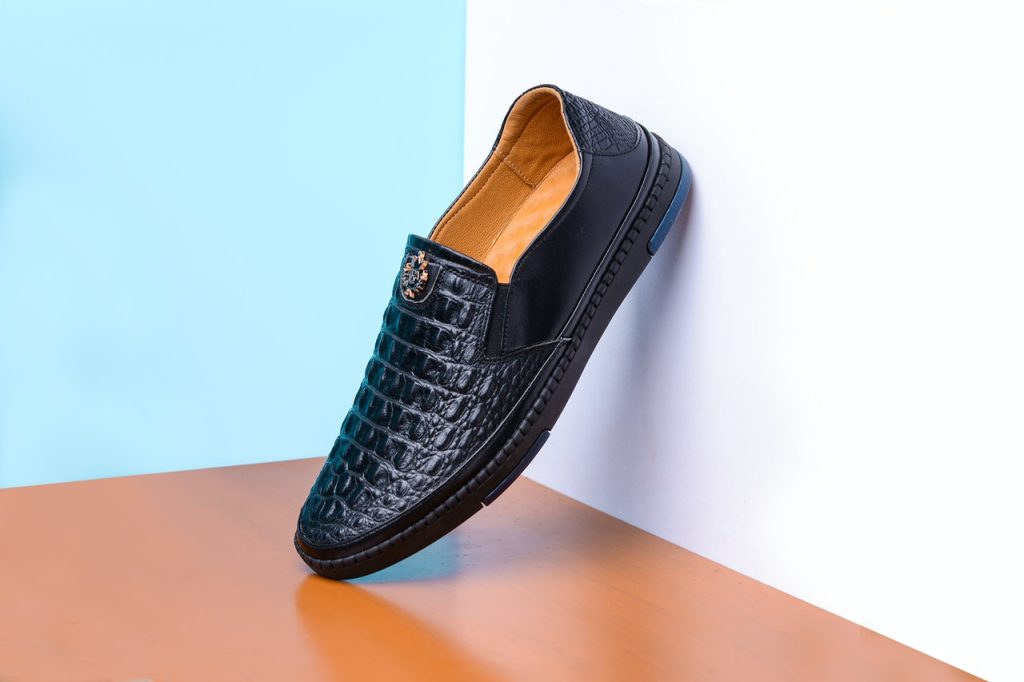Canada News
What shoe fits the 2022 budget?
It’s the time of year when many politicos, media and the public are anxiously awaiting the tabling of the federal budget. This is always coupled with speculation about how freely funds will flow and to whom. With the pandemic, the recent occupation of Ottawa and other cities and the war in Ukraine, among other things, imagining the potential distribution of funds seems a more gargantuan task than ever. However, since the 1950s a distinctly Canadian tradition has emerged which has fuelled speculation in the days leading up to the federal budget: the tradition of the finance minister’s budget shoes.

Recently we published the results of a research study into this quirky Canadian photo-op. Evolution of a Government Photo Op: The Media Tradition of a Canadian Finance Minister’s New Budget Shoes demonstrates that while the tradition has evolved over time, it is one where the finance minister sports a carefully selected pair of shoes for the media at an event orchestrated by ministerial staff in the days leading up to the budget speech. The shoes are supposed to provide some hint as to the broad theme or direction of the budget and future policy directions. New shoes might indicate a wealth of funds to go around. Canadian-made shoes might symbolize an investment in Canadian business. Old shoes might foreshadow lean times to come.
While the exact origin of the tradition is unknown, the first media reports mentioning it were to note a departure from it. In 1955, the Windsor Star and the Ottawa Citizen quoted then-finance minister Walter Harris as stating he “couldn’t afford” the new shoes traditionally worn on budget night, so he wore old ones. This account differs from a popular origin story that attributes the tradition to Mitchell Sharp’s 1966 budget. Sharp himself took credit for starting the tradition.
Budget shoes received little further notice until 1977, when Jean Chrétien became finance minister. This is notable as Chrétien had served as Sharp’s parliamentary secretary. He mimicked Sharp by asserting that a fiscal statement did not warrant “the traditional new shoes.” At this point, it was unclear whether the practice of aligning footwear to budgetary announcements was myth or tradition. However, the following year marked an important change in the political communication landscape, which helped to solidify the practice as tradition.
In 1978, the budget speech was televised for the first time. This historic event prompted increased involvement in the process from the Prime Minister’s Office and the Privy Council Office. The move to more highly visual politics also included the first photographs of the finance minister’s budget shoes. Until this time, the budget shoes were only described in the text of media articles.
In April 1978, the Globe and Mail published a photo of Chrétien showing off new shoes before reading his speech, and regional newspapers such as the Lethbridge Herald ran a now-iconic photo of him kicking toward the camera afterward. Chrétien said that his brother owned a shoe store and had donated the shoes. In November of 1978, the Toronto Star photographed Chrétien brandishing new shoes in his office to mark his second budget that year, and regional papers such as the Medicine Hat News ran a photo of him putting up his feet. Chrétien said that his brother now required the shoes to be purchased, resulting in a Globe and Mail headline linking the footwear with the budget’s contents: “Chrétien’s new shoes show tough times.”
Chrétien’s successor John Crosbie continued the lighthearted tradition wearing sealskin mukluks in 1979. Following this, media tended to report on non-participation in the budget-shoe spectacle, further reinforcing its status as a Canadian budgetary tradition.
The last time journalists were invited to the federal minister’s office for the photo op was in 2006. For the next eight years, they were corralled at storefronts for carefully co-ordinated photo ops. The need for physical distancing during the COVID-19 pandemic resulted in an exclusively digital reveal in 2021. Chrystia Freeland, Canada’s first female federal finance minister, tweeted from her backyard about her new locally made pumps while wearing a T-shirt reading, “Je parle féministe.”
As the tradition has taken hold, it has been added to a suite of communication tools to draw attention to the budget. Communications planners envision what images they want to appear on a news loop during the information vacuum before the budget details are presented publicly. Staff in the minister’s office consult with their PMO counterparts about concepts and messaging, and then the minister’s office works out the details, bringing in public servants for logistics.
The result is a somewhat easy story for media who are hungry for any content related to the budget in the hours leading up to the budget speech, when specifics of the budget itself are embargoed from public view while journalists learn about them behind closed doors. The cheeky speculation of what the shoes might signal about the budget adds an easily digestible hint, turning a serious economic event into, if only temporarily, a bit of infotainment and a prelude to the main story.
At a time when many scholars of political communication have been arguing that we have been witnessing a “prime ministerialization” of politics with an inordinate amount of media coverage focused on the prime minister, it also shifts attention, even if temporarily, to the finance minister.
Budget 2022 will certainly be interesting to watch. Time will show whether Freeland maintains a digital-only version of the shoe tradition. Not doing so signifies a commentary on the state of the pandemic. The shoe selection will also be of curiosity. One is hard-pressed to think of what might be appropriate or symbolic of the range of challenges currently facing Canada and the world.
This article first appeared on Policy Options and is republished here under a Creative Commons license.





















